The late-winter blooms of Carolina jessamine (
Gelsemium sempervirens) herald the onset of spring in the south.
Gelsemium sempervirens is a very common plant in gardens of the U.S. South, because it is a fragrant, native, evergreen climbing vine that’s easy to grow and manage. The flowers pop in an intense and vivid yellow very early in spring. Their sunny faces bring color and warmth to the end of winter in the South.
Autumn is the best time to plant woody shrubs and vines, including vines like Carolina jessamine, so select a site and begin establishing this native climber now to enjoy a long spring bloom and an exquisite scent next year.
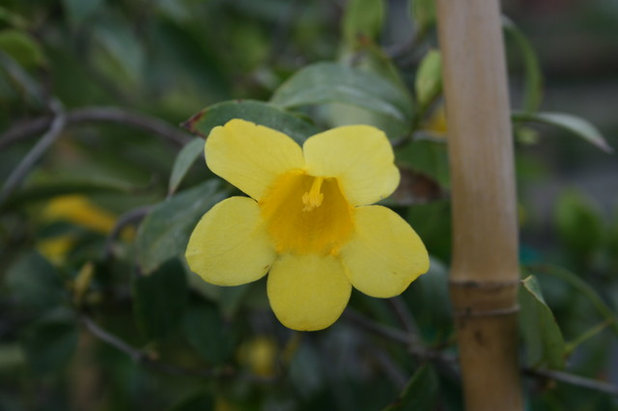
Tulinda's Garden, LLC
Botanical name: Gelsemium sempervirensCommon names: Carolina jessamine, Carolina jasmine, yellow jasmine, evening trumpetflower
Origin: Native to the southeastern U.S.
Caution: This plant is toxic to humans if ingested; wear gloves when pruning, because the sap may irritate sensitive skin.
Where it will grow: Hardy to 0 degrees Fahrenheit (USDA zones 7 to 10; find your zone)
Water requirement: Medium
Light requirement: Full sun
Soil requirement: Prefers moist, rich soil
Mature size: 12 to 20 feet tall and 3 to 6 feet wide when grown as a vine; 3 feet tall and 15 feet wide when grown as a ground cover
Benefits and tolerances: Early bloomer with a long bloom time; deer resistant
Seasonal interest: Showy yellow flowers in late winter or early spring
When to plant: Fall
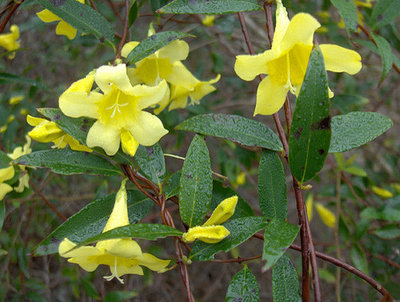 Distinguishing traits.
Distinguishing traits. This native vine is a common sight along fences and porch railings in the South. It has a dense foliage of evergreen, narrow, elongated dark green leaves on reddish-brown twining stems. Its bold yellow flowers in spring range in color from butter yellow to a deep sunset orange–yellow and perfume the air with a rich, sweet scent.
Photo by Homer Edward Price
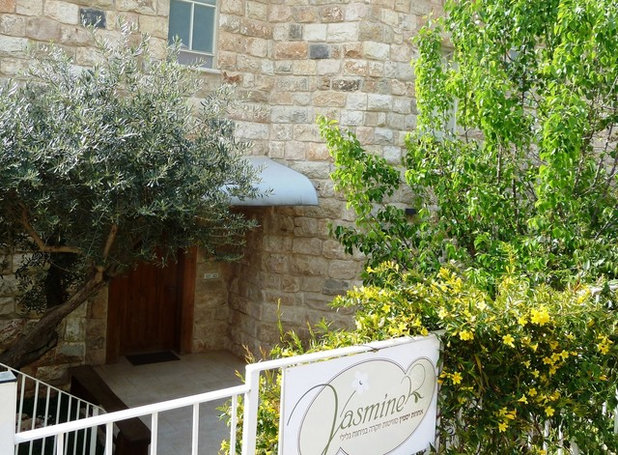
GARDENIA-Sharly & Tanya Illuz
How to use it. This plant can be grown as a supported vine or a ground cover. Carolina jessamine is a classic twining vine, climbing by wrapping its mighty tendrils around a vertical support. If you want to cover a wall or large post wooden fence, you will need small threaded steel cable — between ⅛ inch and ¼ inch in diameter — anchored in the ground and attached to the wall or fence with eyelets. It does well twining around fences with small metal slats and climbing up arbors and lattices.
It’s less common to see Carolina jessamine as a ground cover, but it can be done. Use it as a ground cover where it can spread to create an evergreen mass up to 3 feet tall.
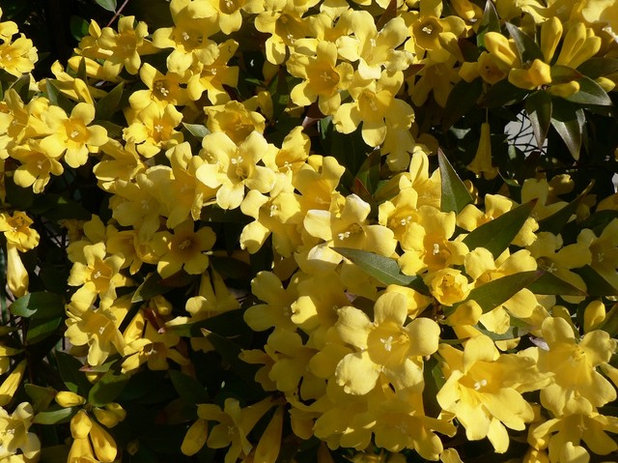 Wildlife value.
Wildlife value. As one of the earliest bloomers, Carolina jessamine provides nectar for hummingbirds and the spicebush swallowtail butterfly. To bring more spicebush butterflies to your garden, pair this vine with spicebush shrubs, like
Lindera benzoin.
There is some evidence that this vine’s flowers are toxic to the European honeybee (
Apis mellifera), but they are useful to many other native bees and butterflies. If you are a beekeeper, be sure to plant your yard with many other palatable flowers for your honeybees and leave the Carolina jessamine to the native bees, butterflies and hummingbirds.
Learn more about gardening for native bees
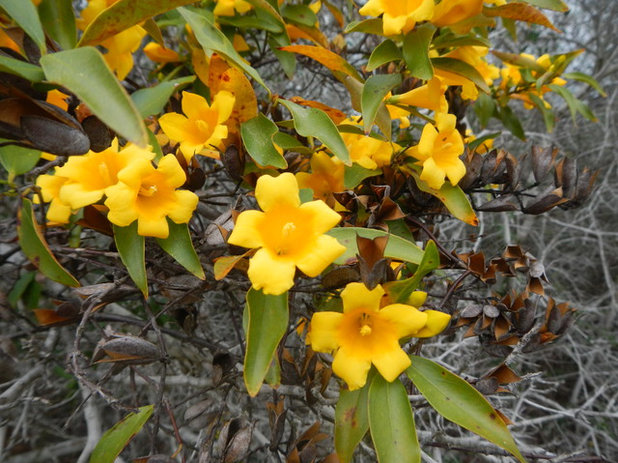 Planting notes.
Planting notes. Select a plant at the nursery with many short vine shoots instead of a few long ones. Lots of shoots on one plant will grow thicker while becoming established. Keep this vine well watered after transplanting and maintain soil moisture with 2 inches of mulch at the base of the plant.
Photo by Michael Gras, M.Ed.
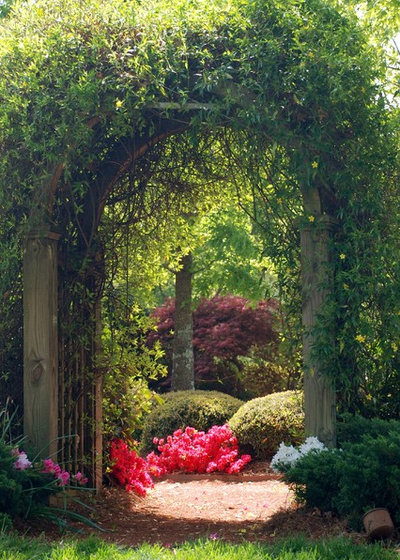
Outside Landscape Group
Carolina jessamine makes a very handsome arbor vine, and it can grow vigorously if planted in ideal conditions. Think about how your vine will climb and grow, and select a site where it will have a sturdy, accessible support system.
Like many vines, Carolina jessamine is an opportunist that may grab onto nearby structures. Survey your planting site and take note of nearby trees or other structures that the vine may want to climb on. This vine will naturally climb into nearby treetops if left unchecked.
Prune the plant after it flowers every year to keep it tidy. With vines it is better to prune lightly every year instead of pruning heavily every other year. Train the vine to follow an arbor or a lattice by lightly securing the vine stems with gardener’s tape or strips of flexible fabric. If you use it as a ground cover, prune the perimeter of the plant’s spread to maintain a compact form and keep it away from other areas of the garden.
Similar species and cultivars:- Gelsemium rankanii (swamp jessamine); flowers in fall and spring, but without the fragrance
- Gelsemium sempervirens ‘Plena’ is a cultivar with double petals.





